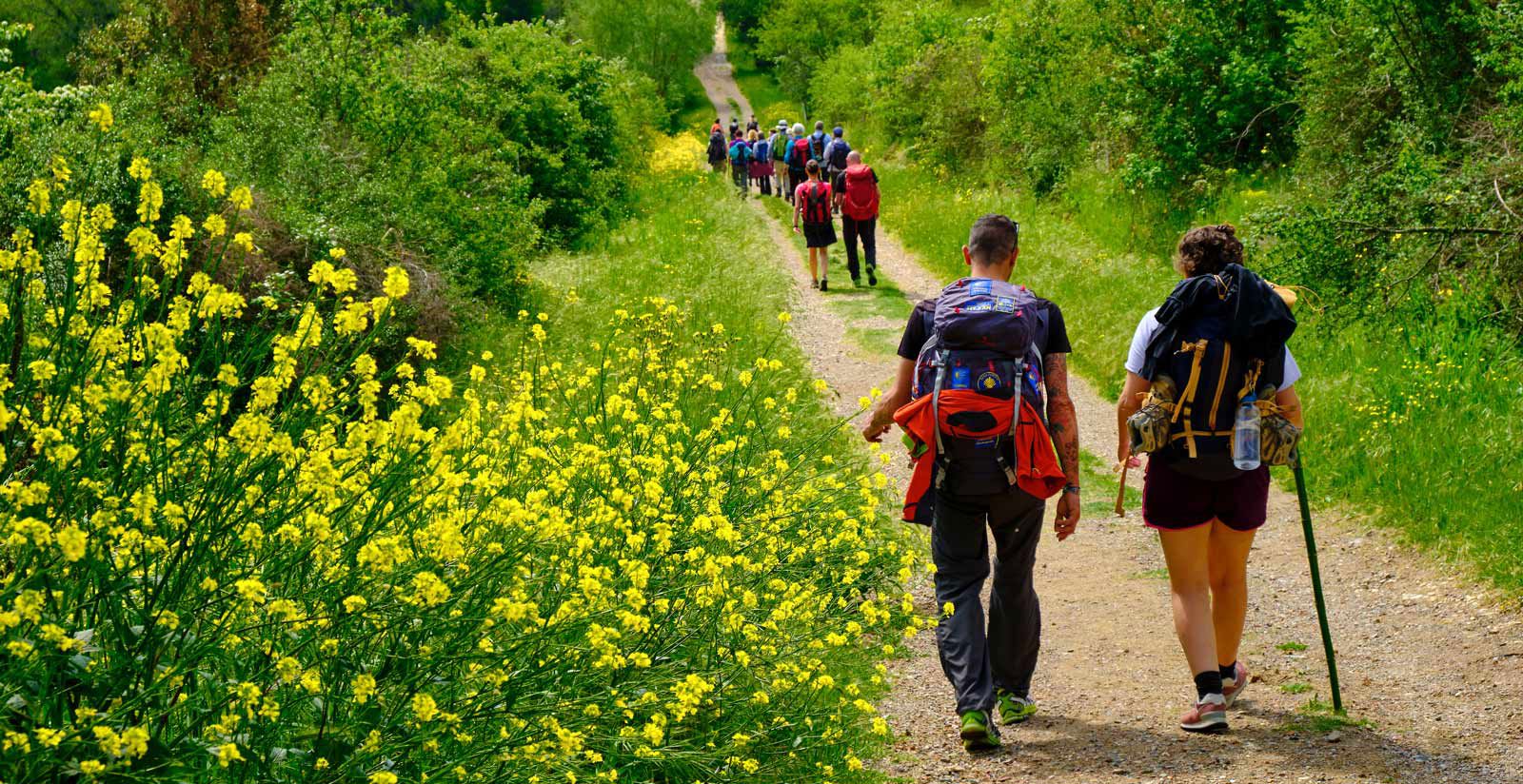THE VIA FRANCIGENA OF THE SOUTH IS BORN
The new route of the Via Francigena of the South has finally been officially approved, thus writing a historical page for the entire South.
The European Association of the Via Francigena (AEVF) met in Bari during the assembly, unanimously approving the new itinerary.
All the representatives of the four countries crossed by this street gathered: England, France, Switzerland, Italy, among them also Robert Thomas, the mayor of Canterbury, city from which the route of the Via Francigena starts.
But whats is the Via Francigena?
The Via Francigena is the name given to the pilgrimage route from Canterbury to Rome, 1900 km long.In the Middle Ages it was an important pilgrimage route for those wishing to visit the Holy See and the tombs of the apostles St. Peter and St. Paul. The Italian part of this route begins in the village of Bourg St Pierre on the Swiss-Italian border. From here, take the high mountain pass of San Bernardo to the mountains of the Apennines up to the splendid Tuscan landscape while taking a walk to Rome. Since the first day of walking takes place in the Alps, this part of the route can only be traveled safely since June as it is likely to remain snow-covered until then. This obviously means that you arrive in Tuscany and in the hottest parts of Italy in full summer, so July or August are perhaps the best time to start the walk. The entire journey from Bourg St Pierre to Rome lasts approximately 50 days / 49 nights.
History of the Via Francigena
In 990 AD, the Archbishop of Canterbury named Sigeric the Serious had a more practical reason to walk to Rome. Having gone up to his prestigious office, he needed to visit the Vatican to be ordained and collect his official clothes. At the time of the trip, there were many different routes to Rome. But Sigeric, who had left Canterbury, wrote his way back through Italy, Switzerland, France and the United Kingdom, cataloging the cities in which he was staying on his journey. The route that has now taken constitutes the official Via Francigena. The only part that cannot be completed on foot is the English Channel, which medieval pilgrims crossed by boat (and modern pilgrims on the Dover-a-Calais ferry). As the Renaissance blossomed in Europe, the Via Francigena began to decline in popularity. The trade routes multiplied and moved to cross Florence, one of the most significant intellectual, artistic and mercantile cities of the time. The Via Francigena became, for the most part, forgotten, although the sections remained in use as local roads and paths. Things stayed like this until 1985. That year a Tuscan anthropologist, writer and adventurer named Giovanni Caselli was looking for new topics on which to write travel books. As an enthusiastic hiker who had also walked along the old silk road through China, Uzbekistan and Tajikistan, Caselli decided to walk the Via Francigena after learning about the path of Sigeric. Caselli walked from Canterbury to Rome, crossing the British countryside, the English Channel (by ferry), the French Champagne region, the Swiss Alps and the rolling hills of Tuscany. After Caselli published his book on the Via Francigena in 1990, the path began to attract attention. In 1994, the Via Francigena became one of the cultural routes designated by the Council of Europe. Then, in 2006, the organizations that oversee the Via Francigena decided on the official route that pilgrims travel today. Many pilgrims see it as an alternative or a follow-up to the most well-known and much-visited Camino de Santiago.






